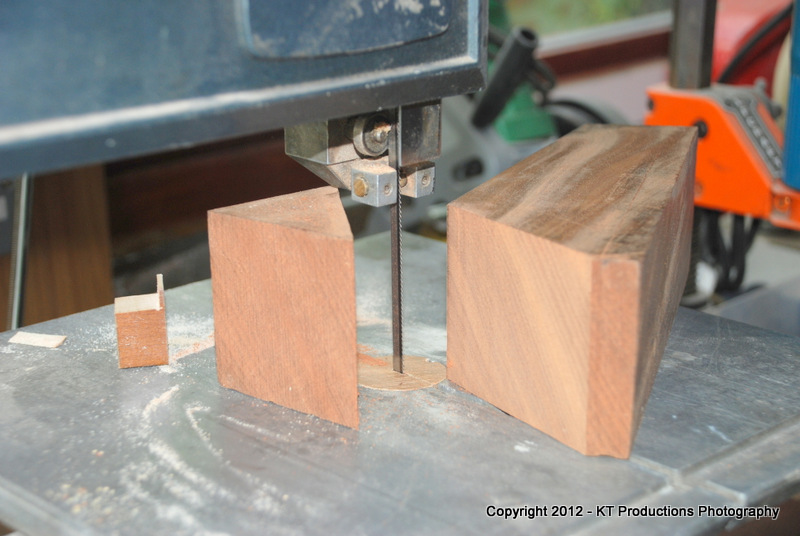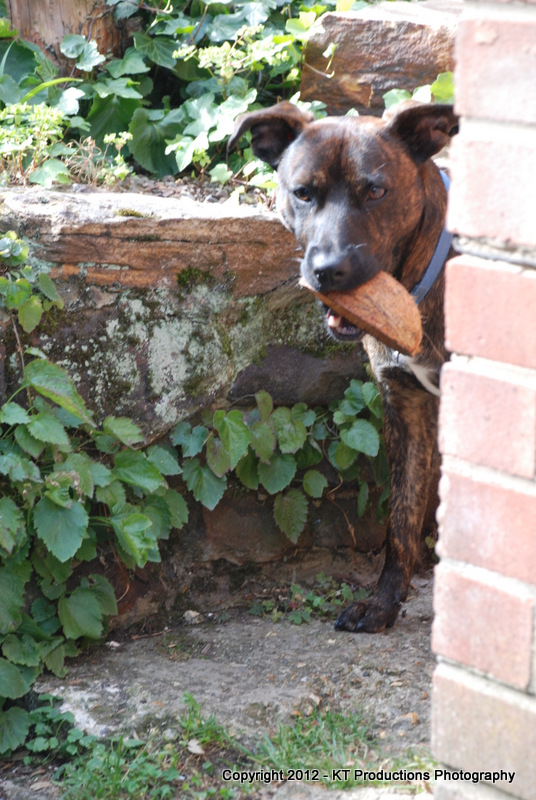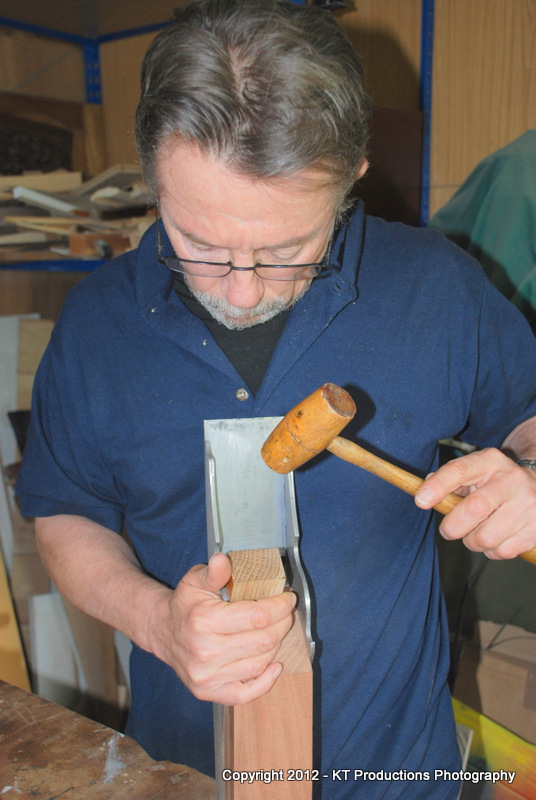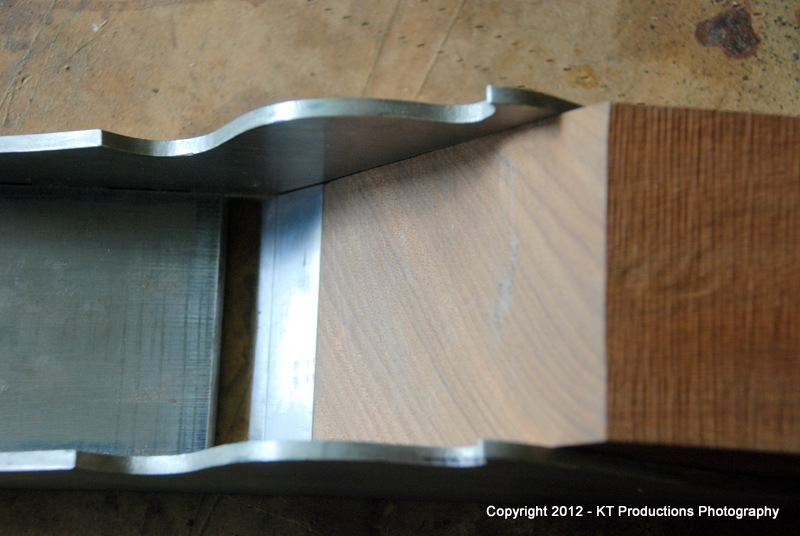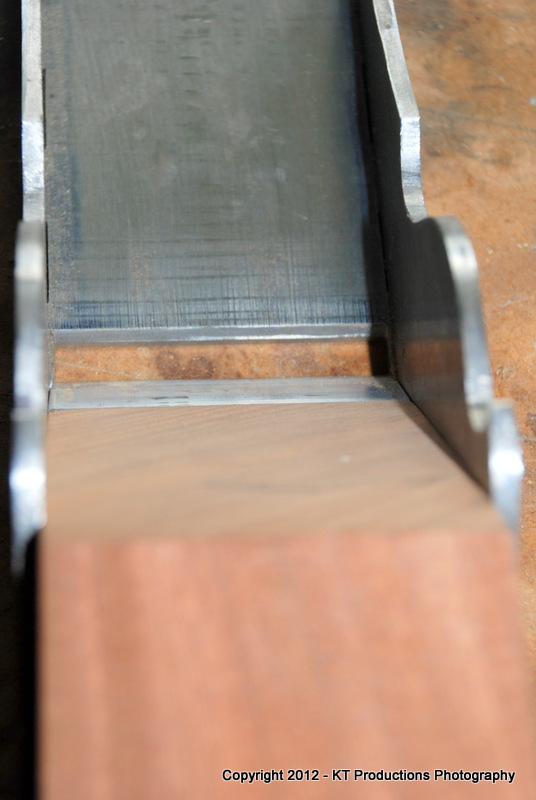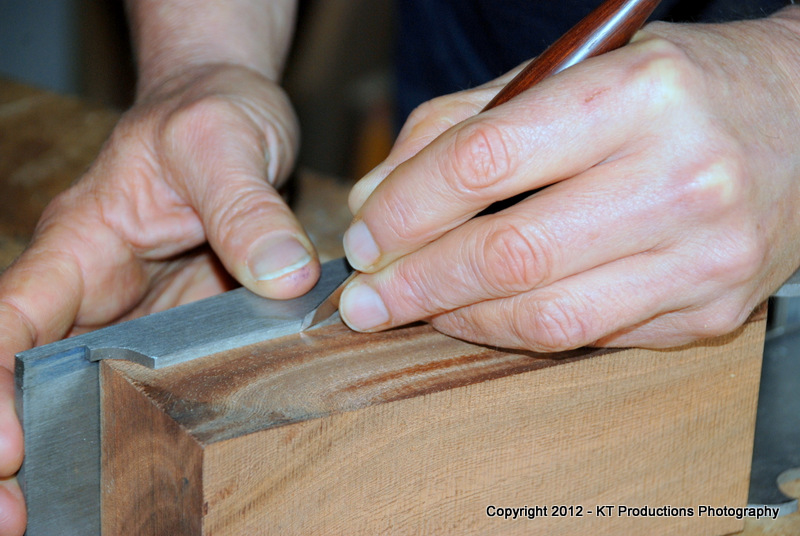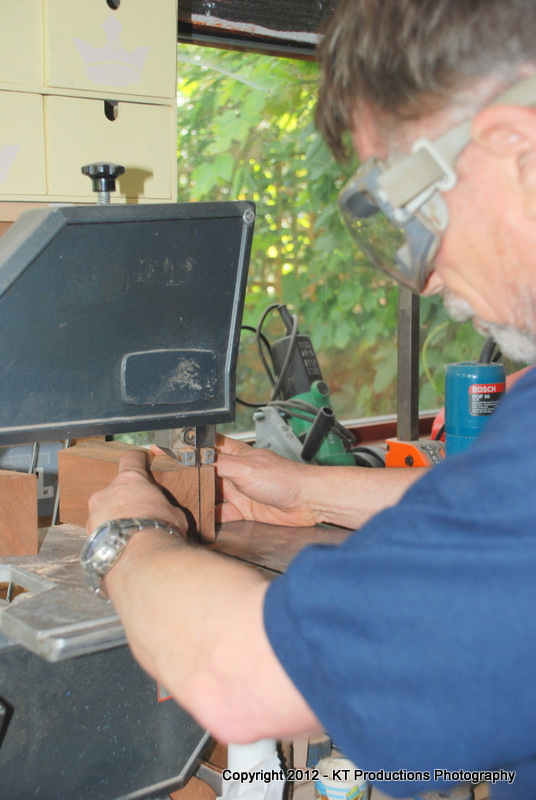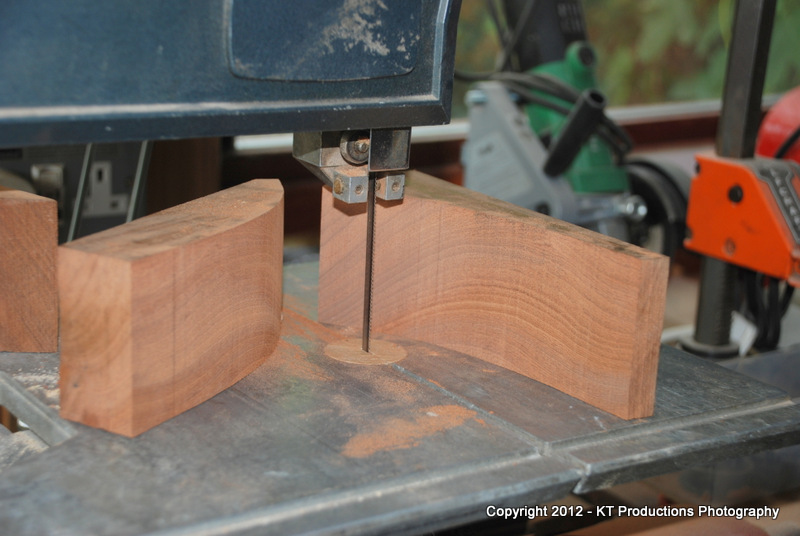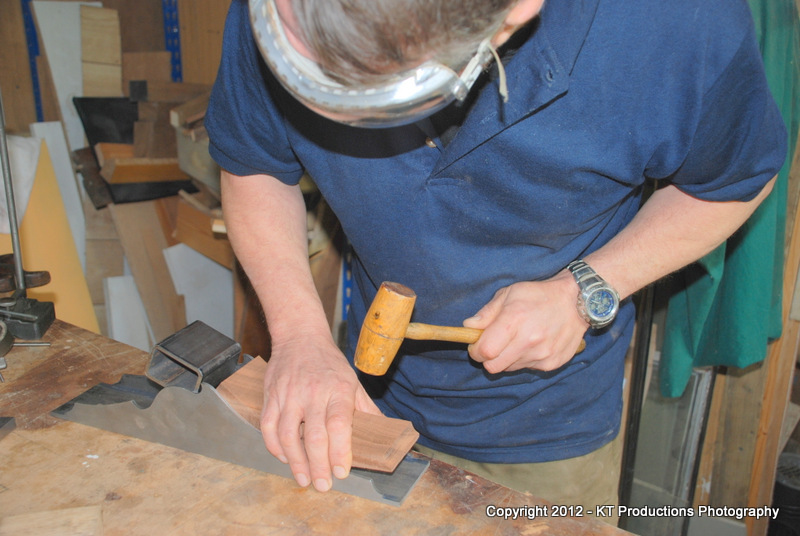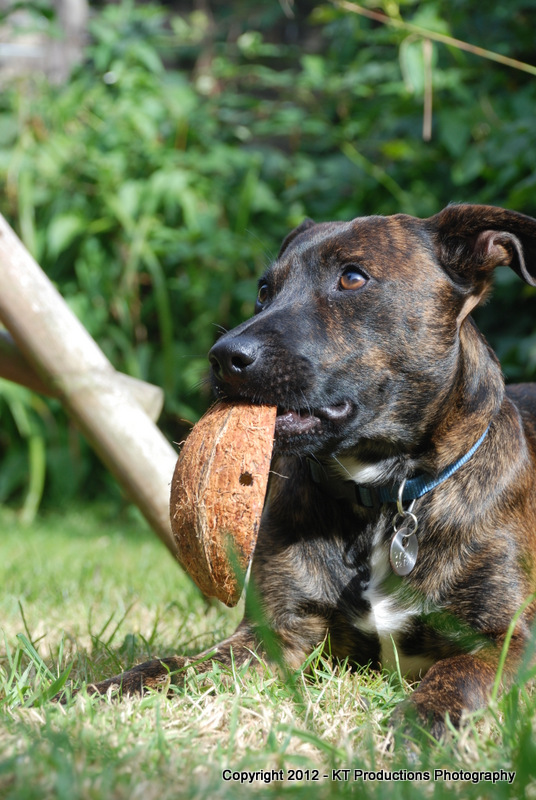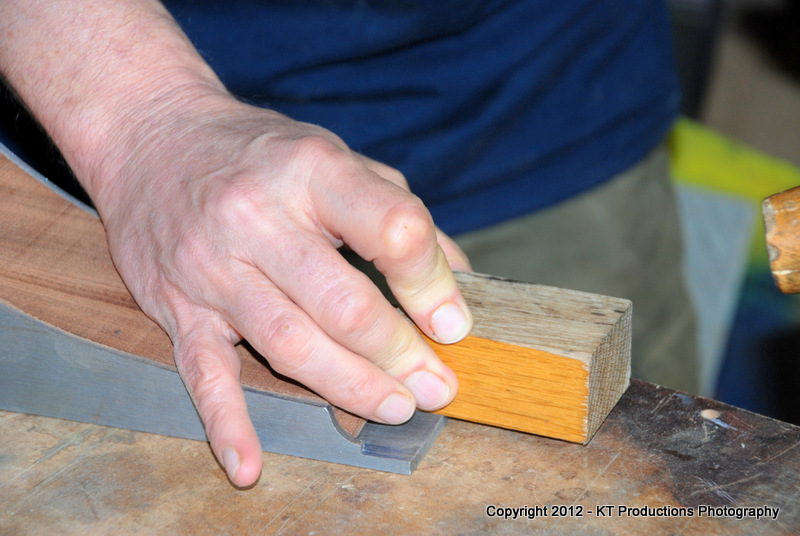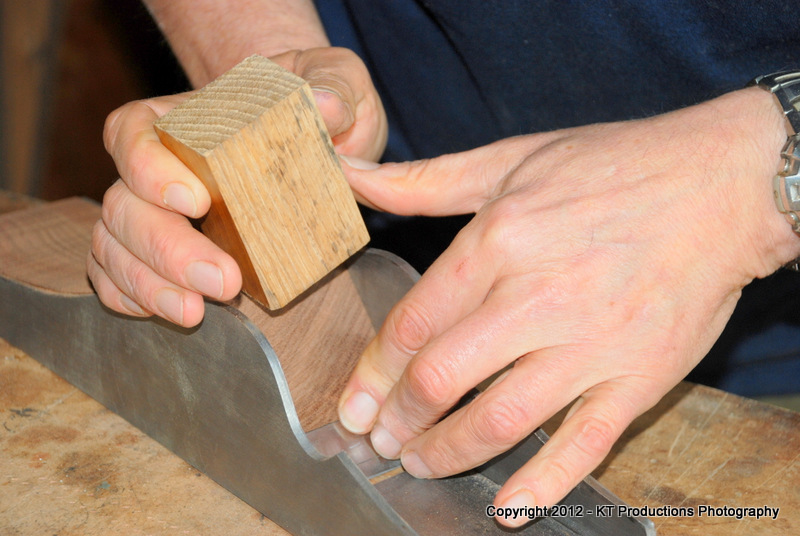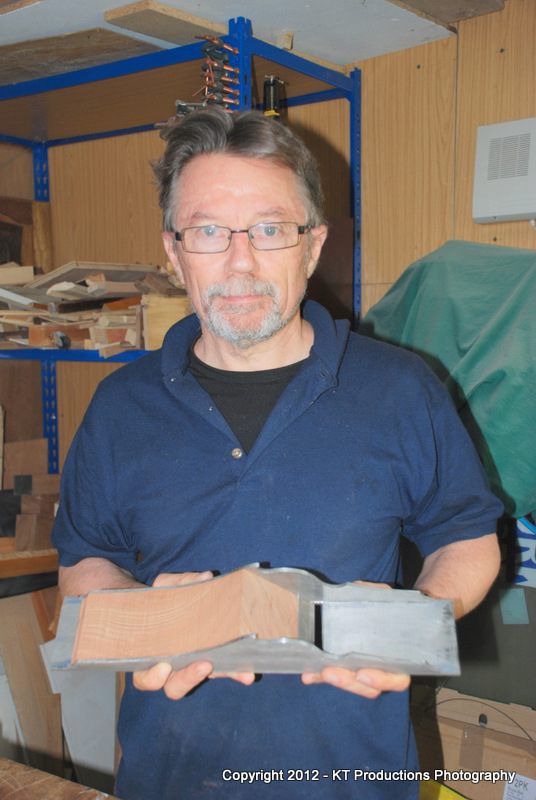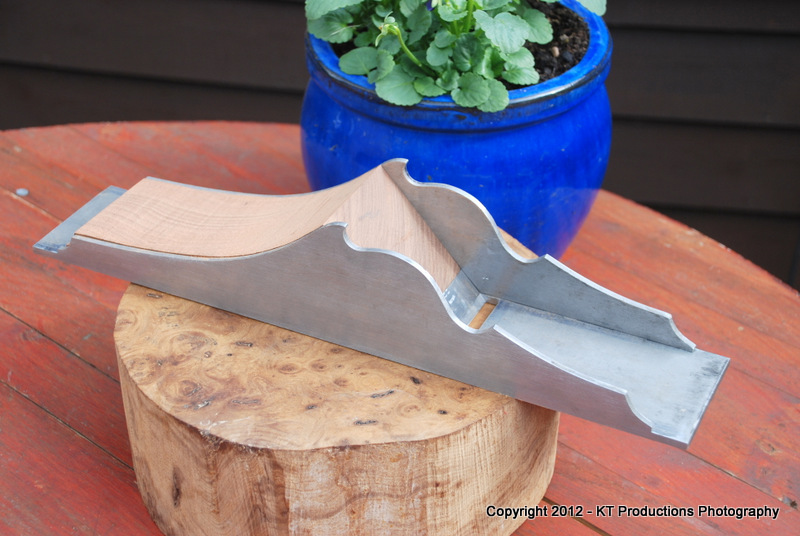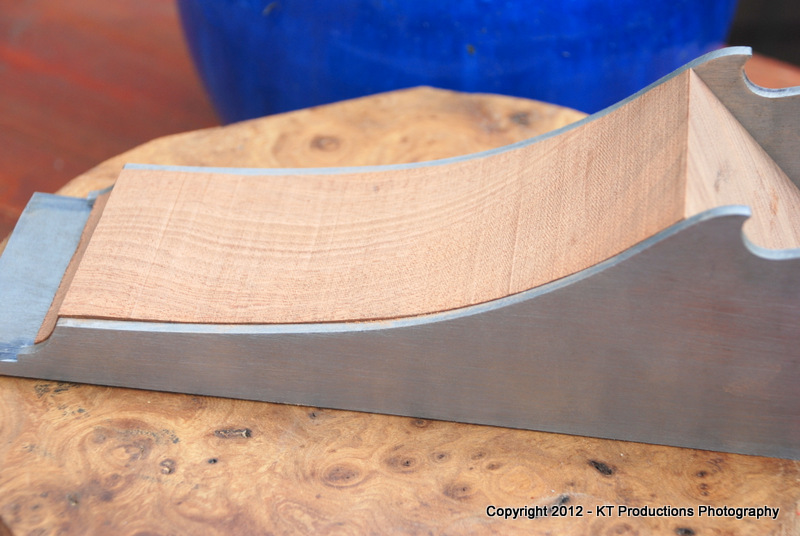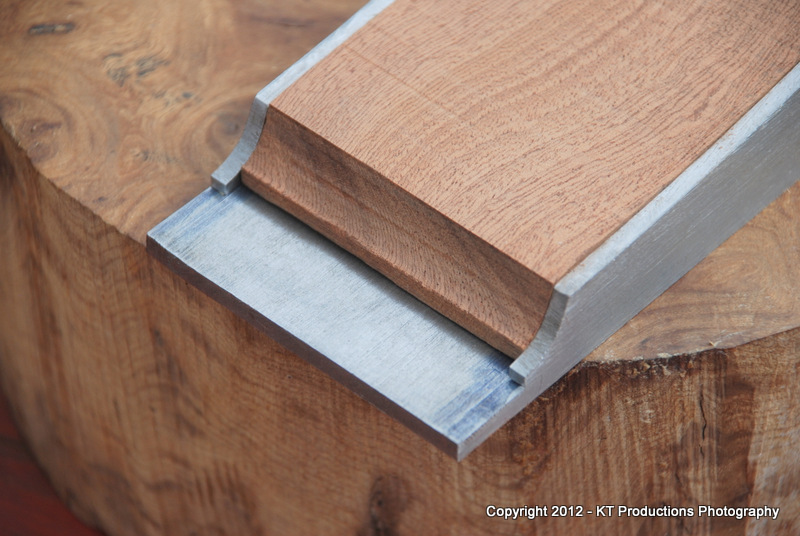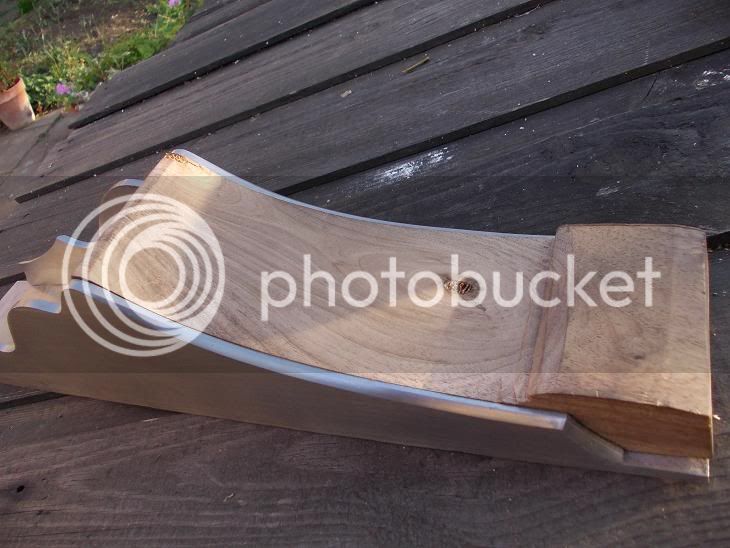AH! Allen....I'm afraid that was mostly Annie as ALFIE was off trying to add the sound effects for the mallet hitting the wood....
But he was rather bored as he could only find one half of a coconut...and the birds are a bit pi$$ed off with him because he has eaten all the white bits! I'll get him to work on the front bun when the time comes...he likes buns! :mrgreen:
Now....let me try to answer some of the other posts before I continue....
CC...sorry mate...I missed your comment about lever cap...yes..as you probably guessed by now...a brass or gunmetal lever cap will be made on the mill. This will be my first one so I will have time to play a bit with the old designs whilst resisting the temptation to copy the wonderful work of Karl Holtey...but yes...a lever cap it shall be. I have a great idea to overcome some of the shortcomings of the old designs too...the fact that the lever cap is a soft metal rotating and pressing against a pair of steel screws or shafts...but that will come later! :wink:
Klaus...thank you my friend...I too love the look of boxwood...it is really subtle and goes with steel so well as you say...but I am also a fan of burr oak and walnut...these both look fantastic against steel...I may have to use these anyway if the boxwood stock is too small....these are the largest chunks of box I have ever seen and so has Rob at Timberline and he thinks it might be pushing it getting a handle out of one...we shall see! Did you hear back from the doctor yet by the way?
MB...the guy mentioned on FleaBay does have a variety of castings....
CLICK HERE
....but having done three castings before I will tell you now...these are not easy to infill well...and to finish the castings really requires a mill. I did it with a disc sander and that was hard work...trust me. Why not make a nice wood plane instead. That is not to be taken lightly but will probably be more practical on a ship.
Pedder my friend...I think I will probably use the beautiful saws you have done for me on the more delicate work around the handle...I was itching to use Ginger but as you will see now...it would not have worked for the rest of the cuts.....
And that leads my nicely on to the next step...
Now...imagine if you will...the sound of a
PAIR of coconuts being bashed together by ALFIE....
Getting a piece of infill wood into what is effectively a huge spring even with a spacer is quite a laugh...then it needs to be lined up and guess what...
It really is exactly 47.5 degrees Richard!! =D>
Sighting along the compound ramp by eye...oh and using my fingernail...
...it was almost spot on...just a slight flair on the right which will scrape out...but not bad first pop! I bet the real wood doesn't go like this!

It never does!
Now...for the marking of the curve....
The observant amongst you will see that it is just shy of the tail here! But it is a piece of scrap intended as a dry run...and we ALL know how they ALWAYS come in 2 thou short not long! And we don't want mahogany anyway...so after just as much of a struggle knocking it out again...(I kept thinking of Bill Carter and his burr infill jointer...with a virtual sledge hammer!)....it came out...and it was back to the old Burgess bandsaw to see how well this setup really performs around a curve...
I tell you what...this setup is really exceeding my expectations...and I know it was good but this good...
But it's not until you fit it back into the plane that you realise how accurate the cut can be...
There would be sound effects at this bit but ALFIE had fallen asleep after gorging himself on coconut all morning....
How he got this from the bird table I have no idea!!! :mrgreen:
So you will have to imagine the sound of small taps as I slowly worked the infill along towards the frog ramp alignment...
Testing with the "fingernail" technique....
Annie could not resist taking a "first fitting" shot as I was grinning a bit from ear to ear....
...actually this was a look of total relief!! I don't want to say how much responsibility I feel to get this right...Richard has set the bar so blinkin' high...the nerves are fraying at the edges already!!
So...no sanding...straight from the bandsaw....
....only a few thou left to sand in line with the (yet to be bevelled) edges...
Even the tight bend in the tail fitted perfectly (yes thanks for that little feature Richard!!!)
Just need to remember to use a blank slightly longer when I really make the cut!
Well...that's it for the day...I'm off to get some gauge plate for the iron and cap iron...ALFIE's off to get another coconut so we can have sound...and tomorrow is real stock cut day...maybe...OH...and get some brass..or shall we have gunmetal Richard? 8)
Cheers maties....
Jim
P.S. Richard...I have a really cool design for the lever cap pivot assembly...will PM you tomorrow!





